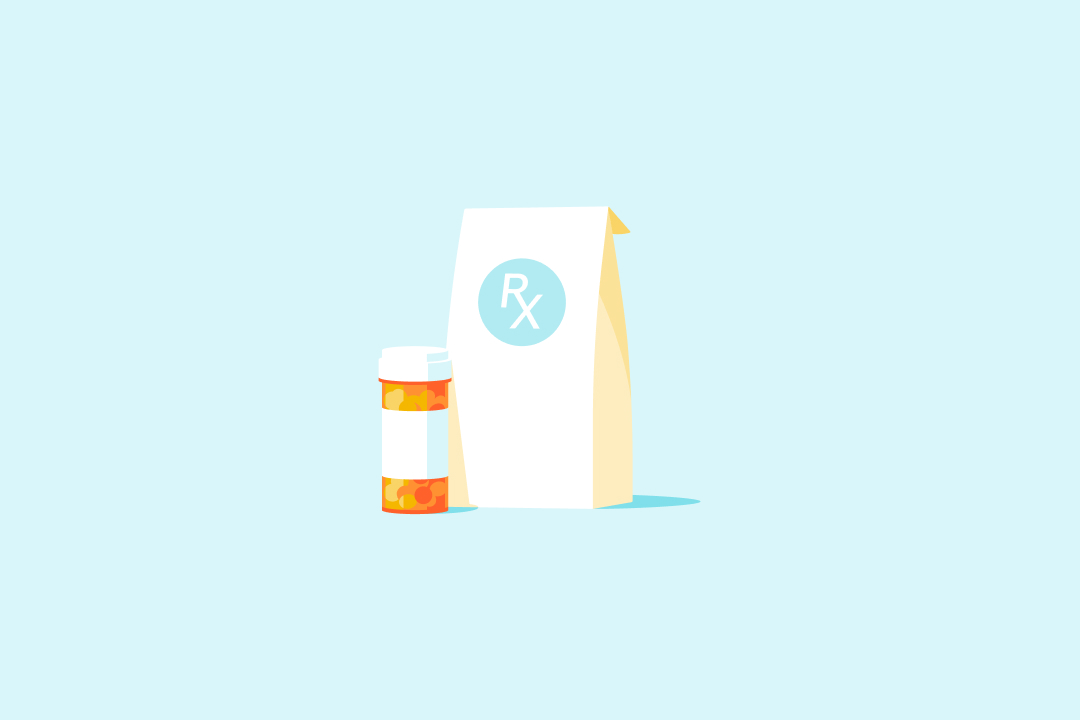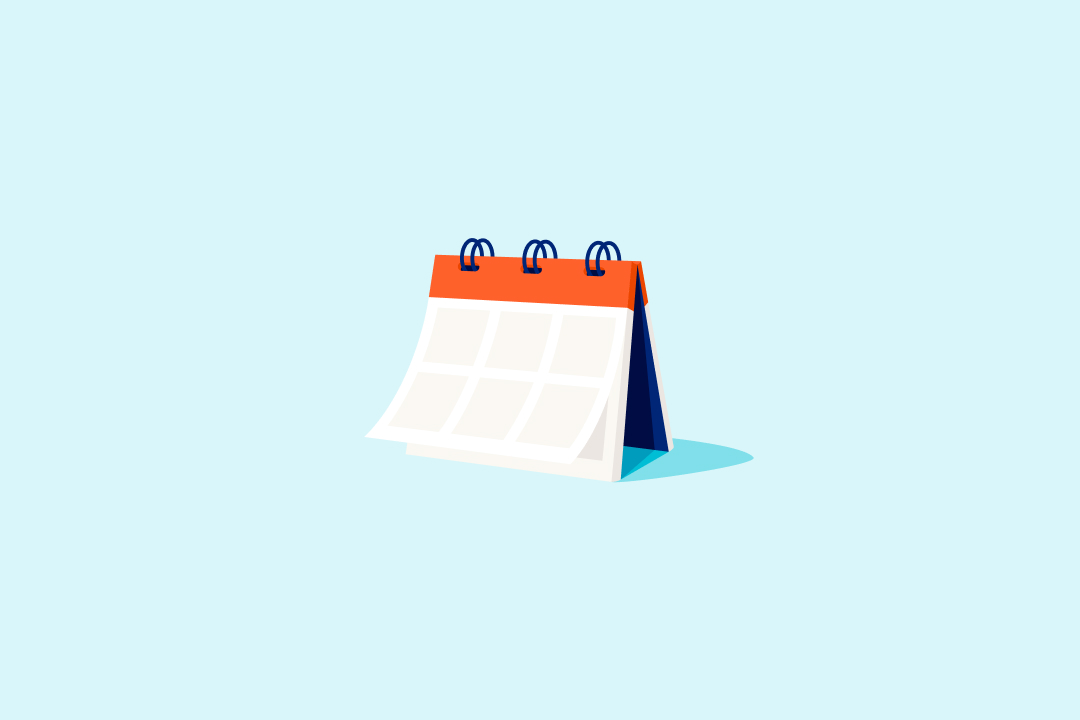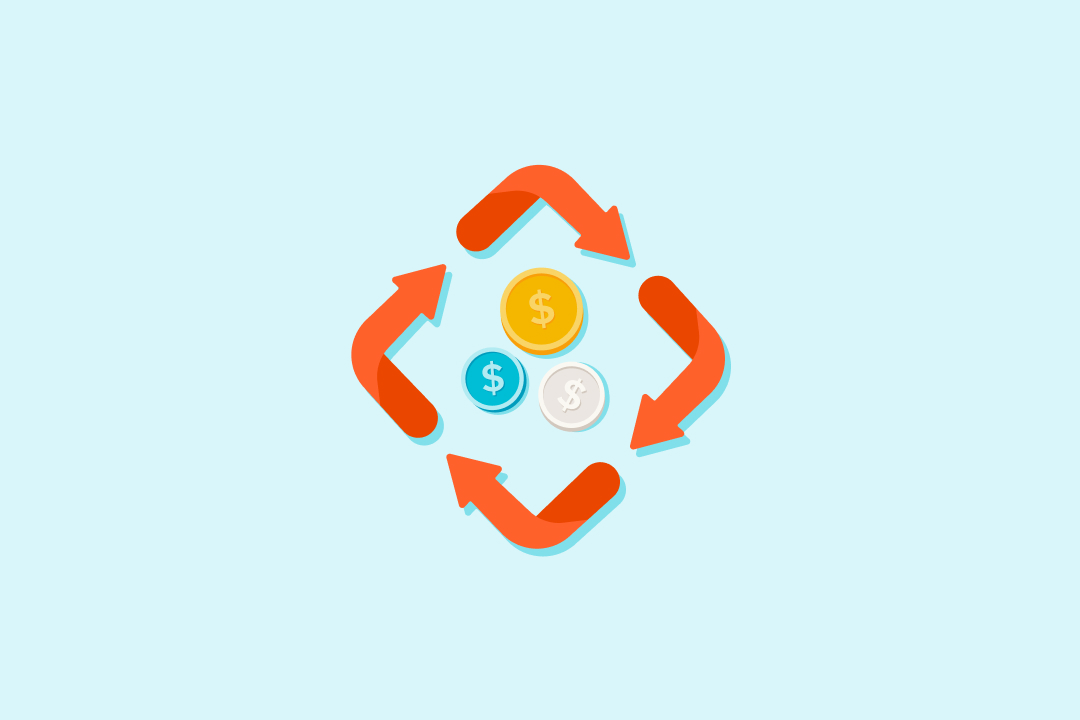Payment plan overview
The Medicare Prescription Payment Plan is a payment option that allows Medicare Part D members to pay for their prescriptions in monthly installments rather than at the pharmacy. Participation in the program is free and entirely voluntary.

Pay nothing at the counter
With the Medicare Prescription Payment Plan, you can pick your prescriptions up and owe nothing at the pharmacy counter. You’ll instead be responsible for paying your monthly billing statements.

Spread your cost over the rest of the year
Pay for your prescriptions in equal monthly installments over the remainder of the year, instead of paying for them all at once.

No payments after you reach your $2,000 out-of pocket max
Once you reach your out-of-pocket maximum of $2,000, your prescriptions will be paid for by your insurance, and you’ll no longer need to make any monthly payments on the plan.
Is this plan a good fit for me?
Deciding whether this option is a good fit for you will likely depend on your annual medication costs -- and when you experience these costs.
High fit
This payment option might be helpful for you if:
- You have high out-of-pocket drug costs
- You prefer to spread out what you’ll pay each month across the year (January -December)
Note: This payment option might help you manage your expenses, but it doesn’t save you money or lower your drug costs.Visit Medicare.gov/basics/costs/help/drug-costs to learn about programs that can help lower your drug costs.
Low fit
This payment option might not be helpful for you if:
- You get Extra Help from Medicare.
- You qualify for a Medicare Savings Program.
- Your drug costs are the same each month
- You get help paying for your drugs from other organizations, like a State Pharmaceutical Assistance Program (SPAP) or other health coverage.
- Your yearly drug costs are low.
- You’re considering signing up for the payment option late in the calendar year (after September).
- You don’t want to change how you pay for your drugs.
FAQs
If you opt in to the Medicare Prescription Payment Plan, you will no longer pay at the pharmacy when you fill a prescription for a covered Medicare Part D medication. Instead, your plan will pay and send you a monthly bill for your covered Part D prescription drug costs. You’ll get a separate bill for your monthly plan premium if you have one. For more details on how your payments are calculated, view this sample payment calculation.
It’s important to know the Inflation Reduction Act (IRA) of 2022 eliminates the Coverage Gap, or “donut hole,” and caps covered Part D prescription drug costs at $2,000 in 2025, so even if you don’t participate in the program, you’ll still have an out-of-pocket max of $2000 as a Medicare member.
If you think this payment option is right for you, you have several ways to opt in. Use the link at the top of this page, or:
Call the number on your member ID card
or
Complete the participation request form and mail it to your insurance plan.
If your benefits are administered by your former employer, you can opt into the program after you have enrolled in your Medicare Part D plan for the next year.
If you decide the Medicare Prescription Payment Plan is no longer a good fit for you, you can opt out at any time by calling the number on your member ID card.
If you leave the program, your Medicare drug coverage and other Medicare benefits won’t be affected, and you’ll go back to paying the pharmacy directly for all your covered out-of-pocket Part D drug costs.
You are still required to pay your outstanding balance if you decide to switch plans or insurance providers. You can pay the remaining balance in full or continue to pay your monthly bills through the end of the plan year. If your plan year ends in December, for example, you will receive a final bill in January.
If you don’t make your monthly payments, you will be removed from the program. You will continue to receive monthly bills until your balance is paid in full, with no interest or additional fees. You can only rejoin the program after you pay your outstanding balance.
No. Your credit is not at all tied to your participation in this plan.
No. There is no additional charge to be included in this program.
If you miss a payment, you’ll have a grace period of 60 days to make a payment. If you do not make a payment by the end of this grace period, you will be removed from the payment plan by your insurance plan’s sponsor. You’ll still be enrolled in your insurance plan, and you’ll still be responsible for paying your outstanding balance, but you won’t pay any interest or fees, even if your payment is late. You can choose to pay that amount all at once, or be billed monthly. Always pay your health or drug plan monthly premium first (if you have one), so you don’t lose your drug coverage.
The program might be a good fit for you if:
- You have high covered Part D drug costs
- You will reach the $2,000 annual out-of-pocket maximum amount before September
- You want to spread your covered Part D drug costs throughout the remainder of the year (For example, rather than paying $500 per month for the first 4 months of the year, you would pay $166.67 per month over the course of the plan year.)
The Medicare Prescription Payment Plan might not be a good fit for you if:
- Your yearly covered Part D drug costs are low and about the same each month
- You’re not likely to hit the $2,000 annual out-of-pocket maximum;
- You qualify for Extra Help or another government program to help save on your covered Part D prescription drug costs
You may qualify for one of the following programs to help reduce your prescription drug costs. Participation in these programs does not prevent you from opting into to this plan, though you may benefit less if already enrolled in one of these other programs.
Extra Help: A Medicare program that helps members pay their drug costs if they have limited income and resources
Medicare Savings Program: A state-run program that helps members with limited income and resources pay some or all their Medicare premiums, deductibles, and coinsurance. Visit Medicare.gov/medicare-savings-programs to learn more.
State Pharmaceutical Assistance Program (SPAP): A program that may include coverage for a member’s Medicare drug plan premiums and/or cost sharing. SPAP contributions may count toward their Medicare drug coverage out-of-pocket limit. Visit go.medicare.gov/spap to learn more.
Manufacturer’s Pharmaceutical Assistance Programs (sometimes called Patient Assistance Programs (PAPs)): A program from drug manufacturers to help lower drugs costs for members with Medicare. Visit go.medicare.gov/pap to learn more.
Your monthly bill may change each month due to new out-of-pocket costs you’ve accrued during that period. Your bill will be based on what you owe for your prescriptions divided by the number of months left in the year. You won’t pay any interest or fees on the amount you owe, even if your payment is late.
Your future payments increase as you continue to fill your prescriptions throughout the remainder of the year. All Medicare Part D prescription drug plans use the same formula to calculate your monthly payments under the Medicare Prescription Payment Plan. For more details on how your payments are calculated, view this sample payment calculation.
No. Participation in the Medicare Prescription Payment Plan is voluntary and may not be a good fit for everyone. You can opt in to or out of the program at any time throughout the year.
Your plan can help you decide. Call the number on your member ID card for more information. You can also contact Medicare or your State Health Insurace Program (SHIP).
Medicare: Visit Medicare.gov or call 1-800-633-4227, 24 hours a day, 7 days a week. TTY users can call 1-877-486-2048.
State Health Insurance Program (SHIP): Visit shiphelp.org to get the phone number for your local SHIP office and get free, unbiased and personalized health insurance counseling.
If you leave your current plan, switch to a new Medicare drug plan, or switch to a Medicare health plan with drug coverage (such as a Medicare Advantage Plan with drug coverage), your participation in the Medicare Prescription Payment Plan will end. If you’d like to continue participating in the program, please contact your new insurance plan.